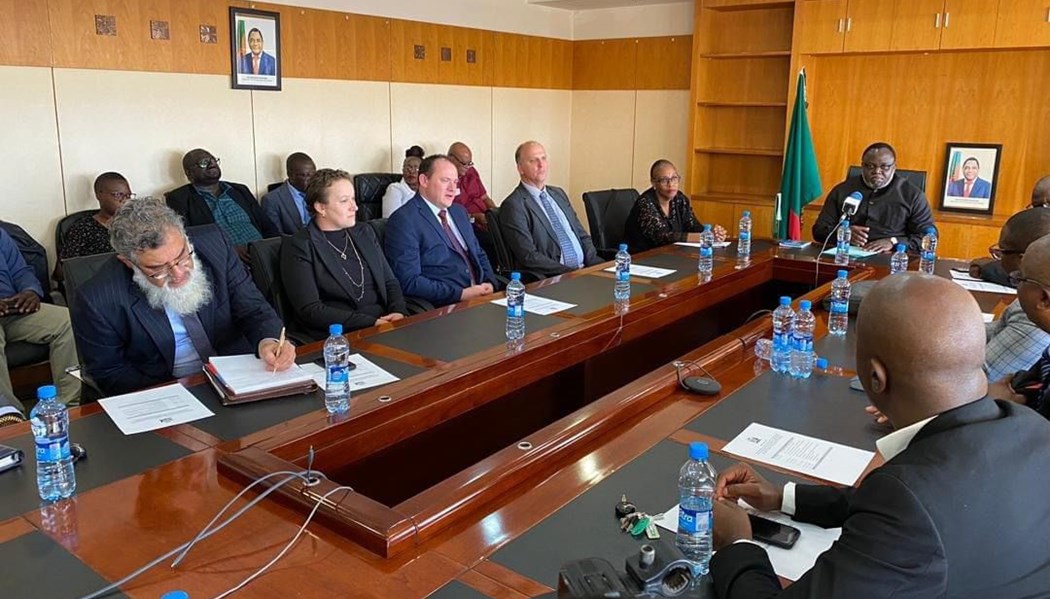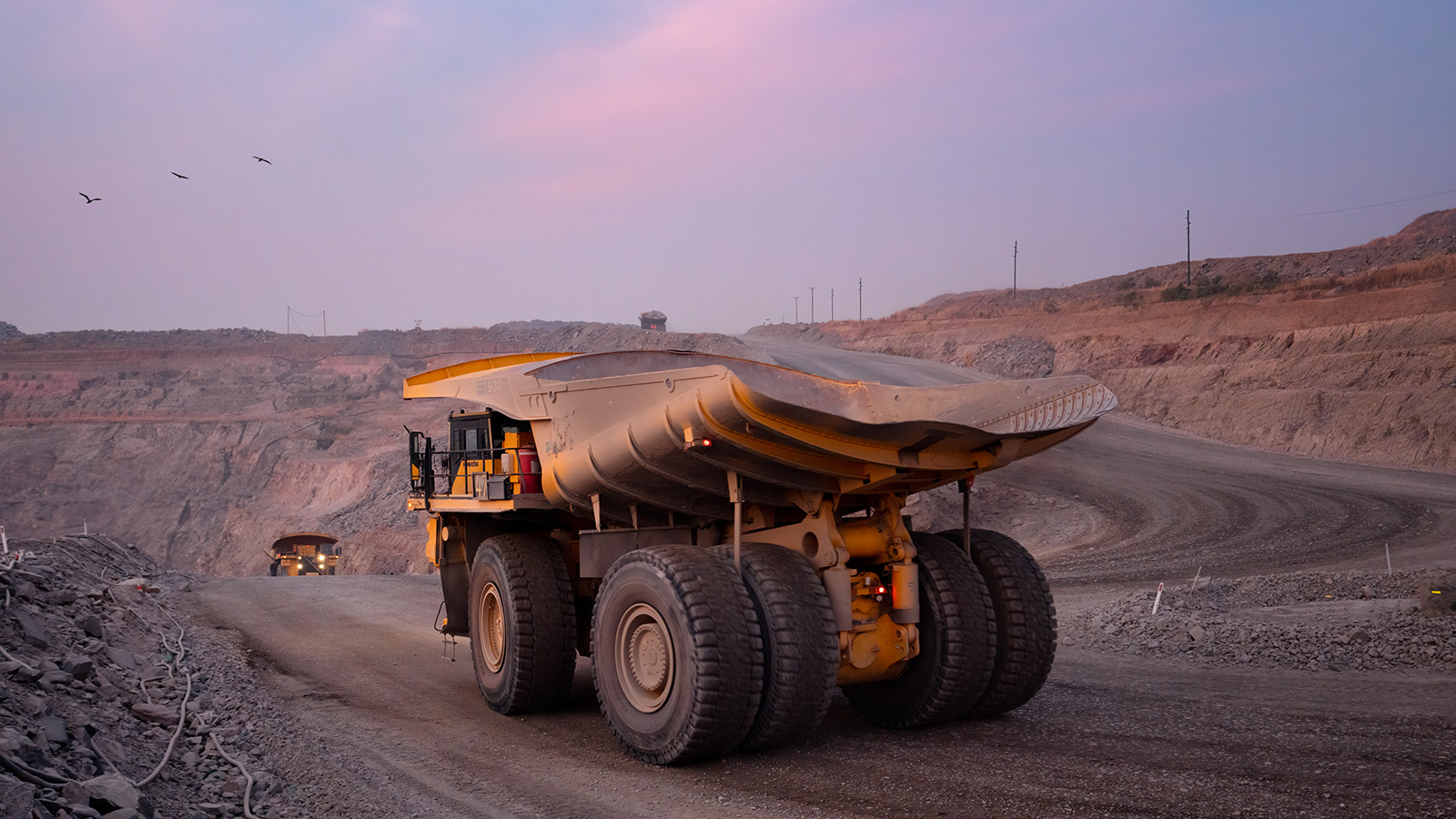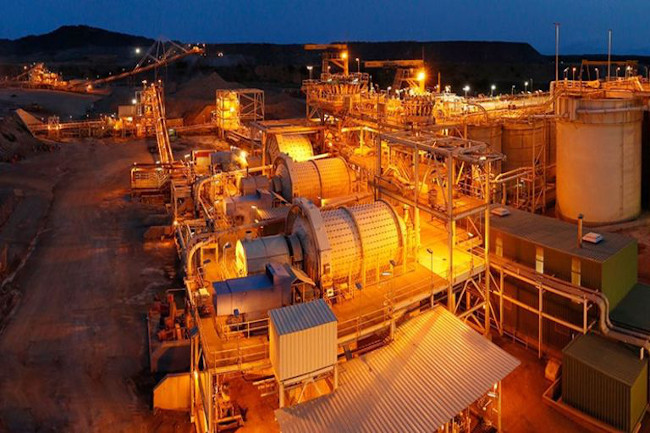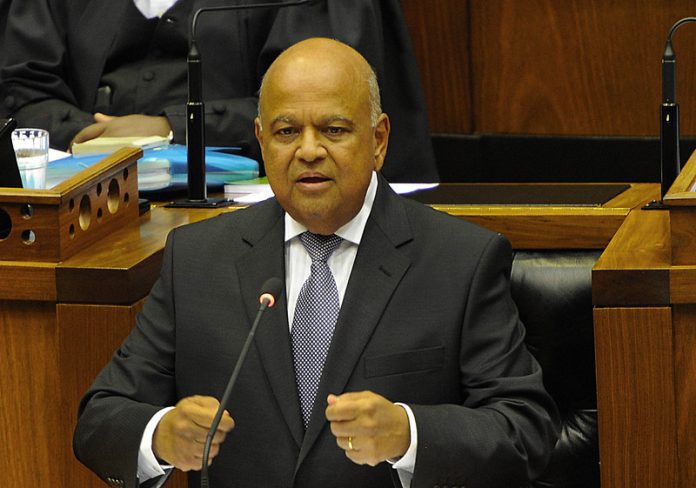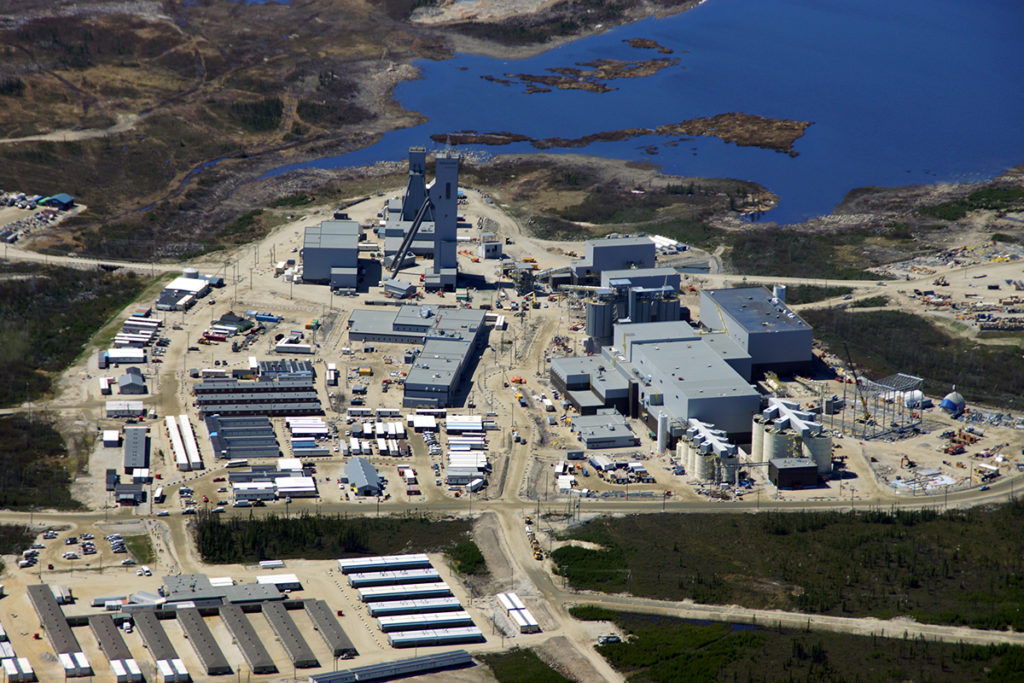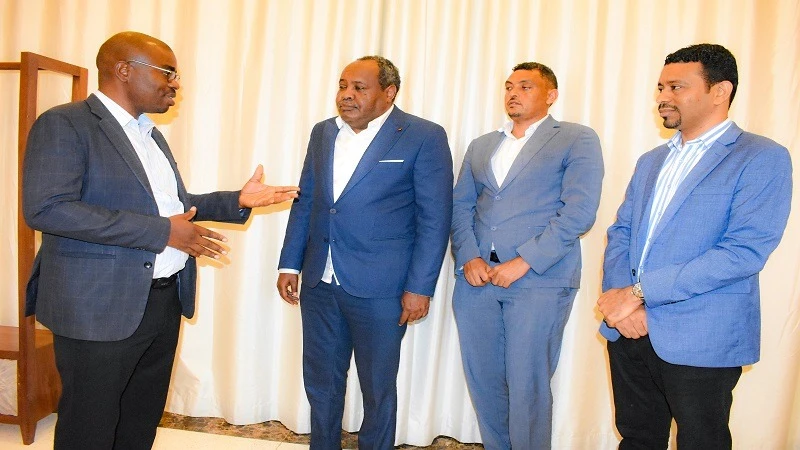Mining Other

Well-endowed South Africa has huge opportunity ‘right now’ to grow the mining sector

Delivering a State of Mining in South Africa presentation to the committee chaired by Mika Mahlaule, Mthenjane was also quick to add, however, that to generate that nationwide prosperity “we do need to acknowledge our current weaknesses”, which he outlined as including limited exploration investment, rising electricity costs that increase operational expenses, dependence on Eskom’s coal-fired power that presents environmental, social and governance (ESG) risk, inefficient transport that lowers competitiveness, slow licensing processes that deter investment, and a lack of advanced mining technology skills owing to the migration of expertise.
“The South African mining industry remains a key pillar of South Africa’s economy. Whilst it has experienced a recession as a result of issues related to electricity and logistics, we’re seeing a very, very positive collaboration within business itself, and more importantly, at a national level.
“The efforts of Operation Vulindlela and more recently Operation Vulindlela 2.0 are beginning to show results where electricity and logistics are concerned, and I think we’re also going to begin to see some very positive crime and corruption results.
“Our mining industry is one that has been operating for more than 100 years, and this is one of the key strengths that we need to leverage today and going into the future.
“We need to act with speed and it’s something that should bring us all together in what I’d like to think is politics and profit for the benefit of our people in South Africa and the region,” Mthenjane pointed out.
South Africa’s Strength
South Africa’s strengths, he said, centred on being a leading global producer of platinum group metals (PGMs), manganese, and chromium, plus having significant remaining gold reserves that could be pursued using technology.
South Africa’s hosting 80% of global PGM reserves, exportation of large volumes of manganese and production of chromium at global scale were supported, he outlined, by high-grade ores contributing to competitive on-mine costs and efficient processing capabilities, including those of a value- adding kind.
Bad maintenance drawbacks must be overcome to enable road, rail, and port infrastructure already in place to improve export competitiveness.
He also pointed to the plus points of South Africa’s active patent development, strong extraction and processing skillsets, and the emerging adoption of advanced extraction and processing technologies across different minerals.
South Africa’s Opportunities
Mthenjane highlighted the opportunity to leverage off global demand for copper, chromium, manganese and PGMs, which is being driven by renewable energy, electric vehicles and battery storage.
“Expansion into clean-energy metals can drive sector growth and attract investment,” he pointed out, “and downstream beneficiation and value-addition strategies can increase profit margins and export value.”
South Africa also had the advantage of being able to leverage by-products to diversify revenue streams and enhance the economic viability of mining operations and junior mining companies were already pointing to growth potential in underexplored areas.
Re-establishing abandoned mines and expanding existing operations present the opportunity to increase critical mineral output.
Improved resource custodianship can increase the reserve size and extend life- of-mine duration. Investing in solar and wind energy can reduce operational costs and improve ESG ratings. Improved ESG performance can attract responsible investors and enhance security of supply. Adoption of automation, AI, and digitisation can improve mining efficiencies. And collaborative R&D with universities and OEMs can position South Africa in mining innovation, were all points prominently displayed on presentation slides.
South Africa’s Weakness
Lower grades in existing copper and gold reserves, leading to higher extraction costs and declining mine lives, featured on South Africa’s list of mining weaknesses, as were the scarcity of new reserve discoveries, and the relatively small copper and iron-ore reserves compared with competitors.
Mining Charter changes and policy inconsistencies were condemned as deterring investment. Uncertainty around carbon tax policies was decried, as was low female participation in the workforce.
Then the Threats
Threats identified included those arising from Australia’s iron-ore strength, Chile’s copper brawn, as was Russia’s larger PGM reserves and lower production costs.
Price volatility in global gold, PGMs and manganese were also cited as having the power to impact investment and revenues, along with loadshedding and unreliable power supply posing production and cost risk.
Failure to improve ESG performance posed investment loss and supply chain exclusion. Carbon border adjustment mechanism, or CBAM, tariffs from the EU put high-emission products at cost risk.
Labour strikes and wage disputes presented production and time-loss risk, and product theft, illegal mining and procurement mafias also present peril.
Meanwhile, poor service delivery by government was exacerbating poverty, inequality and social disorganisation.




